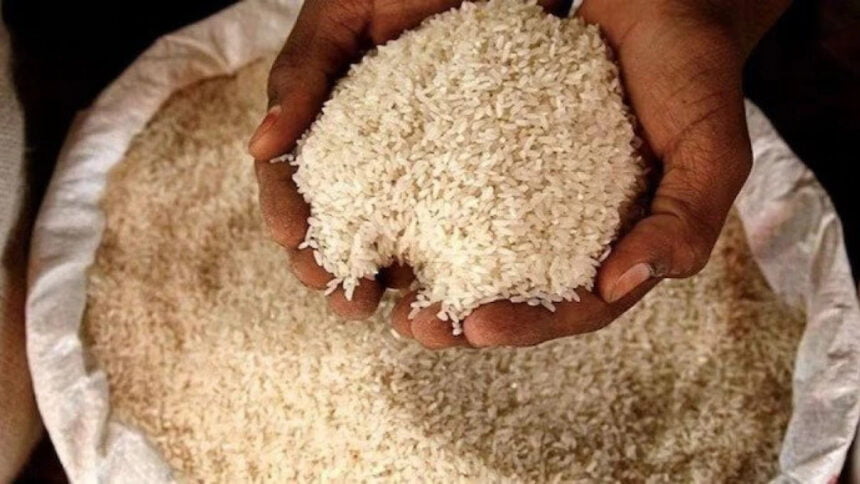India’s rice export ban has put the world market on edge, with concerns of potential copycat curbs by rival suppliers to prevent domestic shortages. Sellers are trying to fill the 10 million tonne gap left by New Delhi’s ban, raising worries about already high global food inflation.
India’s recent restrictions mirror those imposed in 2007/8, which triggered a chain reaction as many other countries limited exports to safeguard local consumers. This time, the impact on supplies and prices could be even more significant, as India now commands over 40 percent of the global rice trade, compared to around 22 percent fifteen years ago. This intensifies pressure on rice-exporting nations like Thailand and Vietnam to follow suit.
India’s role in the rice trade is now more crucial than in 2007/8. The ban then forced other exporters to implement similar restrictions, and this time, they have few alternatives but to respond to market forces, as per a grain dealer from New Delhi, who spoke anonymously.
The effect on the price of the world’s most consumed staple has been swift, reaching a 15-year high after India unexpectedly prohibited sales of widely consumed non-basmati white rice to curb price increases. New Delhi had already curtailed lower-quality broken rice supplies in 2022. Limited supplies risk further spikes in rice prices and global food inflation, impacting vulnerable consumers in Asia and Africa.
Food importers are already contending with tight supplies due to erratic weather and disruptions in Black Sea shipments. Thailand, Vietnam, and other exporting countries are poised to increase efforts to bridge the gap left by India’s shortfall, says Nitin Gupta, Senior Vice President of Olam Agri India, a top rice exporter.
However, these exporters face constraints in their surplus capacity for exports, which could potentially lead to a price surge in other origins, reminiscent of the notable price rally of 2007/8. In 2008, rice prices reached a record high of over $1,000 USD per tonne in India, after Vietnam, Bangladesh, Egypt, Brazil, and other small producers limited exports.
This time, rice exporters won’t be able to increase exports by more than 3 million tonnes annually due to limited surplus, according to dealers with global trade houses. Thailand, Vietnam, and Pakistan, the second, third, and fourth biggest exporters respectively, are keen to boost sales as demand for their crops rises after India’s ban. Both Thailand and Vietnam emphasize that they’ll ensure their domestic consumers aren’t adversely affected by rising exports.
Vietnam’s Minister of Industry and Trade, Nguyen Hong Dien, stated it’s unacceptable for a rice-exporting country to face tight supplies and high domestic prices. Pakistan, recovering from devastating floods last year, cannot allow unrestricted exports due to double-digit inflation.
Key importers of non-basmati rice include the Philippines, China, Senegal, Niger, South Africa, Malaysia, Cote d’Ivoire, and Bangladesh. Global prices have risen by 20 percent since India’s ban, and a further 15 percent increase could prompt restrictions by Thailand and Vietnam, according to traders at international trading companies.
The question isn’t whether they’ll limit exports, but rather the extent of the restrictions and when they’ll be implemented, says a trade source based in New Delhi. Rice is a staple for over 3 billion people, and this nearly 90 percent water-intensive crop is primarily produced in Asia, where the emergence of dry El Niño weather threatens crops in key producing countries.







